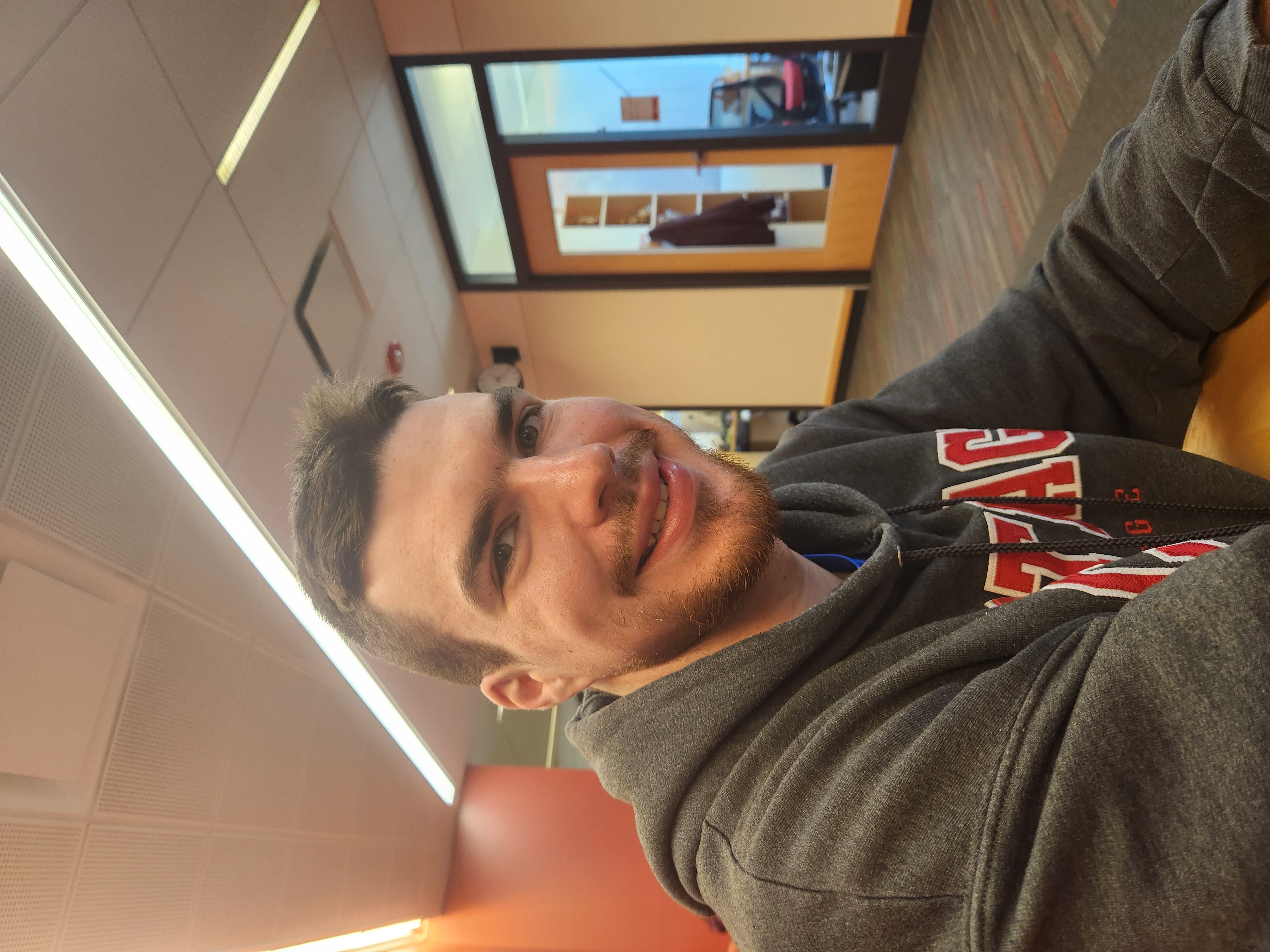Celebration of Scholars
#38: A Molecular Dynamics Study of Electrostatic and Hydrophobic Interactions between Transthyretin and Model Drug Molecules
 Name:
Lucus Schneider
Name:
Lucus Schneider
Major: Neuroscience and Chemistry
Hometown: Avoca, Wisconsin
Faculty Sponsor: Kevin Morris
Other Sponsors:
Type of research: Independent research
Funding: NSF
Abstract
Transthyretin
(TTR) is protein produced in liver that carries the hormone thyroxine and
retinol through the blood and spinal fluid. Familial Amyloidal Cardiomyopathy is
a genetic disorder causing TTR to misfold and form into amyloid plaques on the
muscle walls of the heart. One instance of misfolding involves a point mutation
involving Valine-122 to Isoleucine, which is present in 3 % of African
Americans. There are few FDA-approved drugs to treat FAC; however, recent
studies of drug interactions with TTR utilizing molecular dynamics simulations
have been done. Some of these studies investigate the interactions between the drug
molecule TKS-14 and TTR. In those simulations, TTR residue Lys-15 was
determined to be and important residue for hydrogen bonding between TTR and
TKS-14. This project investigated further the importance of this interaction and
any hydrophobic interactions that occur between TKS-14 and TTR. The latter studies
were done by modifying the center pyrazole ring in TKS-14. When Lys-15 was
mutated to leucine, the TKS-14 molecule remained in the TTR binding pocket.
However, the ligand-TTR binding energy was reduced. These results will be
presented along with studies mapping the TKS_14-TTR intermolecular interactions.
Submit date: March 29, 2023, 12:15 p.m.
